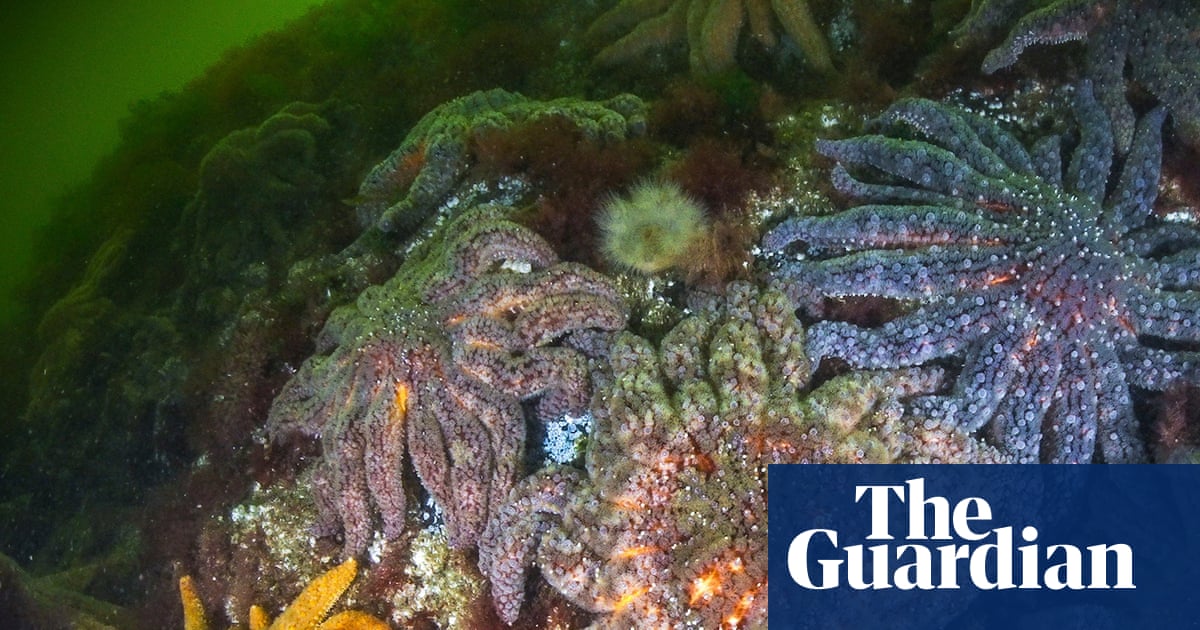
"A decade after the onset of a sea star wasting disease epidemic, researchers have identified Vibrio pectenicida as the microbial culprit responsible for the decline of sunflower sea stars."
"The bacterium has led to a 90% decline in the sunflower sea star population along the western coast of North America, totaling a loss of 5.8 billion since 2013."
"Infection from Vibrio pectenicida leads to symptoms like exterior lesions, limb loss, and tissue melting, ultimately killing afflicted sea stars."
"Rising ocean temperatures may exacerbate the sea star wasting disease, as Vibrio pectenicida thrives in warmer waters during seasonal variability."
Researchers have identified Vibrio pectenicida as the cause of the sea star wasting disease epidemic that has decimated sunflower sea stars along the western North American coast. Over the past decade, 5.8 billion sea stars have died, resulting in a 90% loss of the global population, classifying the species as critically endangered. The bacterium infects sea stars, leading to visible symptoms, and thrives in warmer waters. Previous tissue sample tests were inconclusive until coelomic fluid analysis confirmed its role in the disease's progression, linking rising ocean temperatures to its proliferation.
Read at www.theguardian.com
Unable to calculate read time
Collection
[
|
...
]